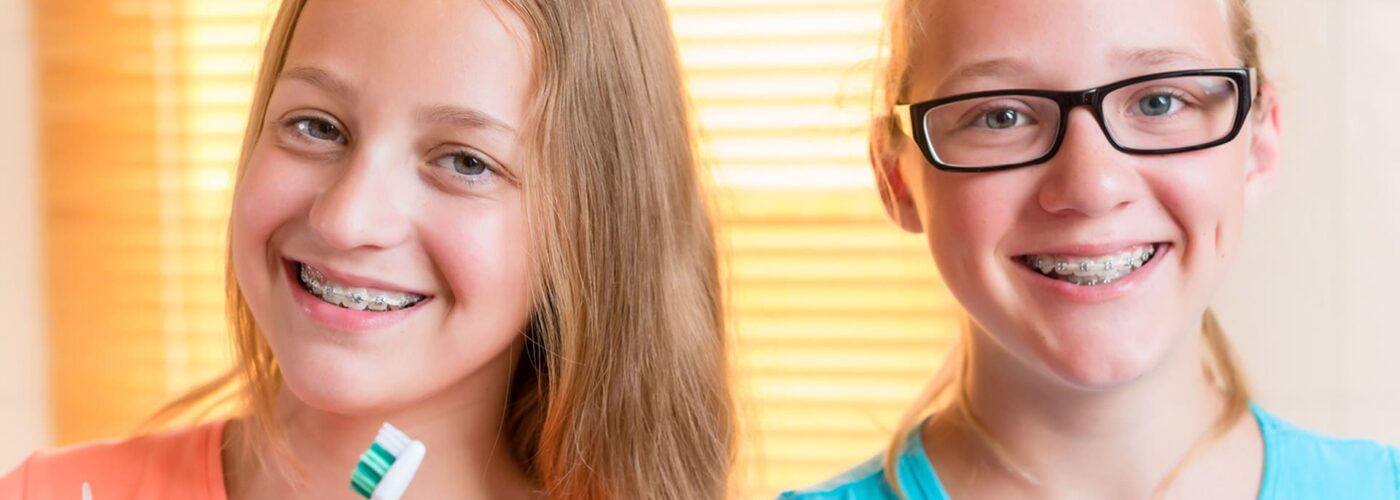While cheap DIY braces might sound tempting, don’t be fooled. DIY braces can cause permanent damage to gums and even lead to tooth loss. That won’t give you much to smile about.
How are people making cheap braces?
Rubber bands are one of the key ‘tools’ being used by designers of DIY orthodontic treatments.
Another YouTuber posted a video about their DIY braces, “a simple tool that will close the gap in your front teeth without braces”. They even advise that while the rubber bands do hurt, the “pain lessens significantly over time”. The “initial” pain of DIY treatment might only be the beginning if permanent damage is the result.
Similarly, an American university student has created DIY plastic aligners with a 3D printer, and has used them in an attempt to straighten his teeth without the supervision of a specialist orthodontist. Your teeth and gums can be easily damaged if you do not have the correct training to diagnose and manage problems in the mouth. Any DIY dental treatment, including orthodontics, can be very risky.
Why are DIY braces a bad idea?
Orthodontic treatment is about more than just creating a beautiful smile. It involves moving the teeth and jaws, which can have a hugely positive impact on your dental health, your bite and even the shape of your face.
Attempting to close a gap or straighten your teeth yourself significantly increases the risk of infection and serious damage to your teeth and gums, which can ultimately result in tooth loss. It is also worth considering that repairing the damage from DIY procedures could be far more expensive than the investment in specialist orthodontic care.
Australia Society of Orthodontics (ASO) president Dr. Howard Holmes recently spoke on ABC radio about the risks of DIY dentistry and mail-order clear aligner kits currently being advertised on social media.
Have a listen to Dr. Holmes’ interview on ABC afternoon show below:
Who is the best person to perform orthodontic treatment?
If you need or desire orthodontic treatment, orthodontists are the most qualified specialists to plan and provide your treatment. Orthodontists have in-depth knowledge about how to safely move your teeth and jaws to get the best results.
In Australia, orthodontists have not only studied for a general dental degree, but have also completed an additional 5,000 hours of full-time specialist training in the field of orthodontics.
Orthodontists in Australia must have:
- Completed an accredited registered general dental degree
- At least two years of clinical experience as a general dentist prior to their specialist training
- Completed an accredited three-year full-time university degree in orthodontics
- Specialist registration in the field of Orthodontics.
To see if your orthodontic practitioner is, in fact, a registered specialist Orthodontist, you can do a quick search on the Australian Health Practitioner Regulation Agency’s online search tool.
Orthodontic treatment has come a long way since the days of metal braces. There is a whole range of contemporary orthodontic treatments that are designed to be less noticeable and comfortable, so it’s worth looking into your orthodontic treatment options.
In the meantime, please be wary of any suggestions to move teeth with 3D braces, rubber bands, dental floss, or other objects! DIY braces of any form is not worth the risk and straightening teeth is always best left to the experts.











